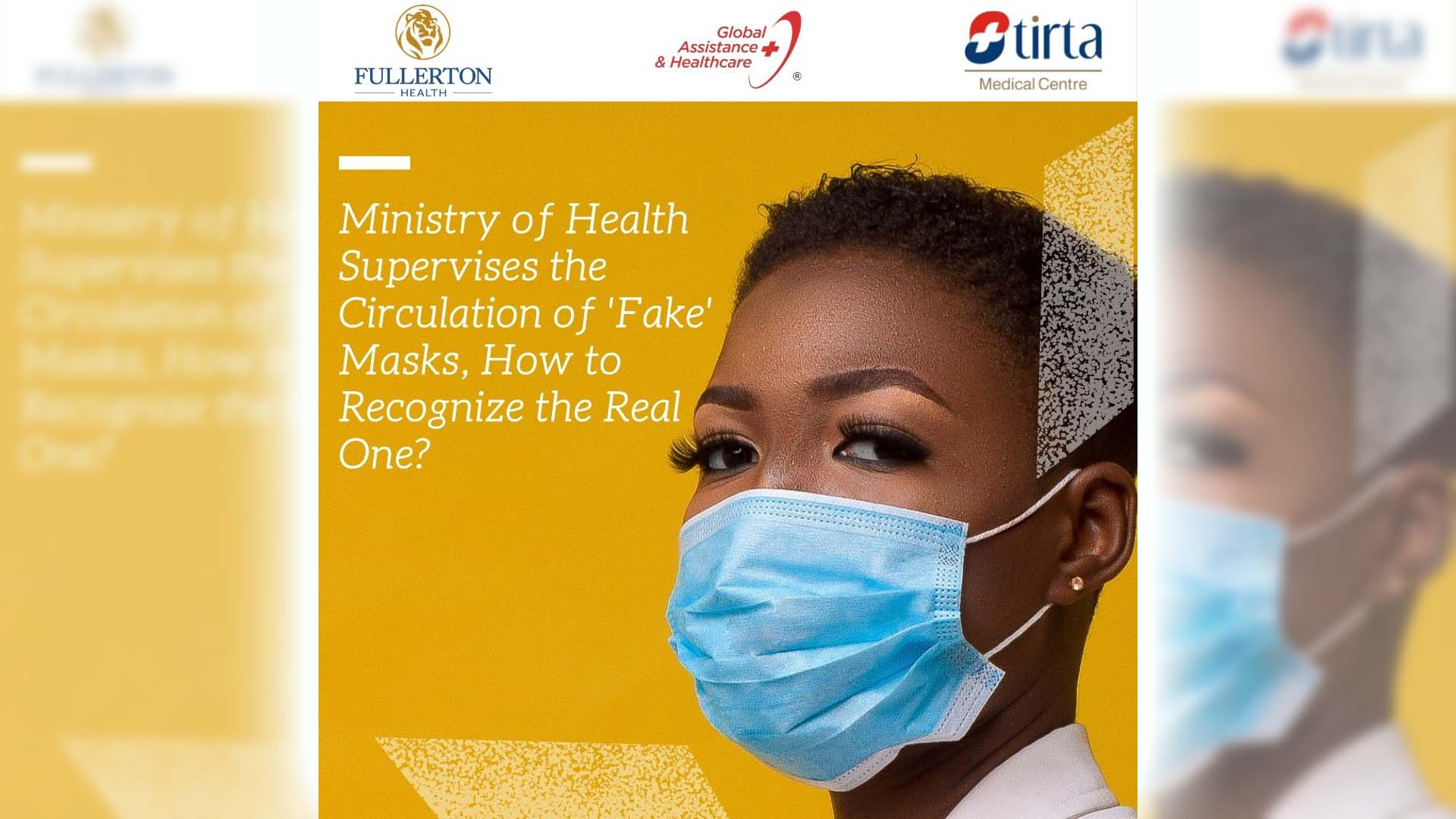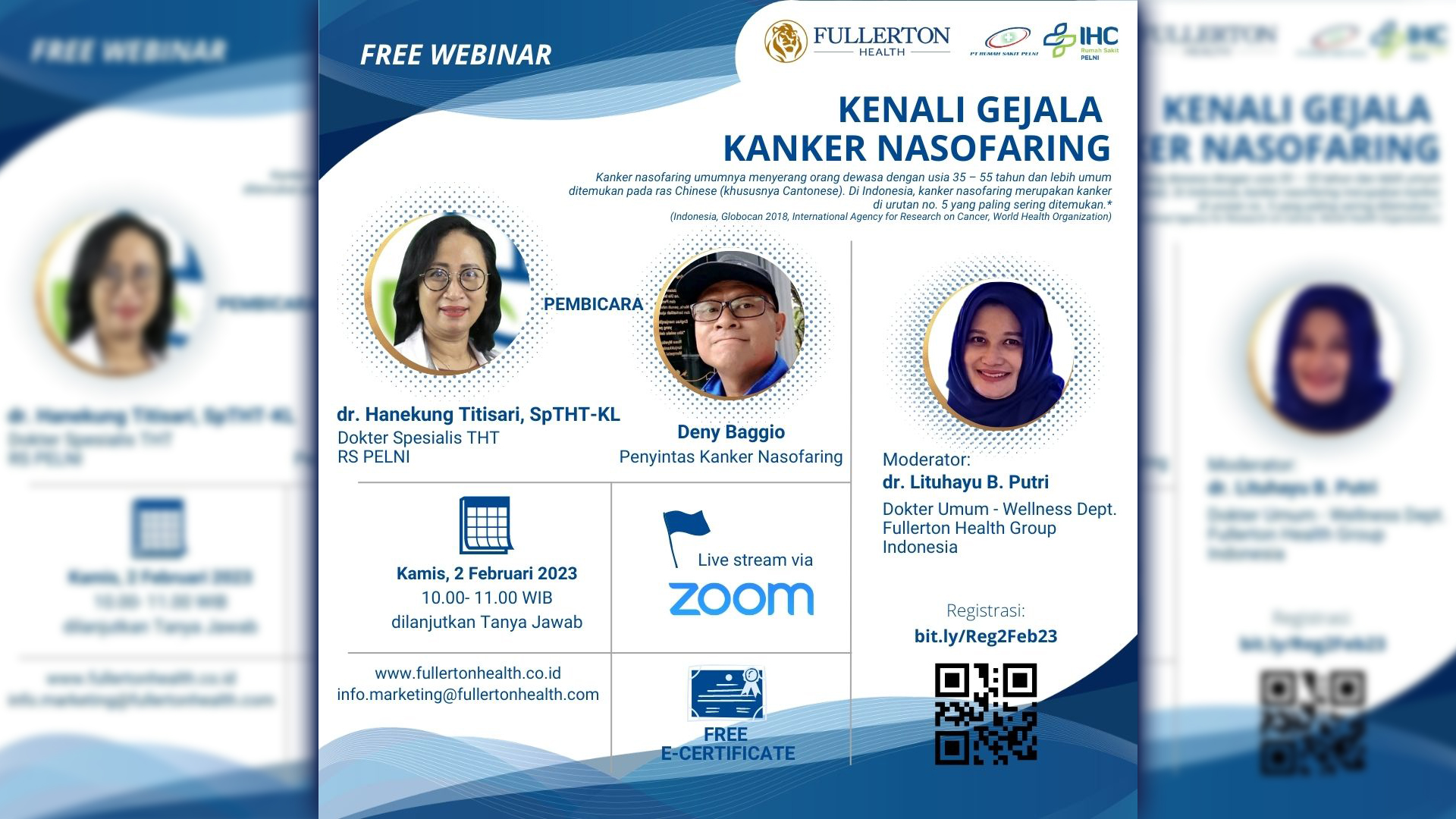The Ministry of Health appealed to the public to be careful in wearing masks. Because currently fake masks have been circulating which can increase the susceptibility of SARS-CoV-2 virus transmission.
The masks on the market turn out to have various functions and uses, even though they appear physically similar. Well, lately many non-medical masks have been claimed to be medical masks even though the specifications are different.
The Ministry of Health has carried out surveillance and has carried out confiscations in several places.
During the COVID-19 epidemic, one of the efforts to prevent transmission was to use a mask. However, it has been circulating in the public regarding the issue of fake masks which are feared to make someone susceptible to contracting the SARS-CoV-2 virus.
At the beginning of the pandemic, there was a scarcity of availability of medical masks so that the Ministry of Health in coordination with other ministries made various efforts so that the availability of masks could be fulfilled. Currently, 1 year of the COVID-19 pandemic has passed 996 medical mask industries that already have a distribution permit number from the Ministry of Health.
Acting Director General of Farmalkes, drg Arianti Anaya, MKM explained, what is referred to as not in accordance with its designation is for example the mask is actually not a medical device mask but is claimed to be a medical device mask. If the mask has received a distribution permit from the Ministry of Health, it means that this mask is categorized as a surgical mask or an N95 or KN95 mask which is categorized as a medical device.
Medical masks must meet quality and safety requirements and pass various tests regarding viral and bacterial filtration. Medical masks that pass this test will receive a distribution permit from the Ministry of Health. Medical masks have a bacteria filtering efficiency of at least 95 percent. This specification is different from non-medical masks, which are used in the painting industry, which are not recommended for the prevention of COVID-19.
Drg. Arianti explained that the types of medical masks are surgical masks and respirator masks. Surgical masks made of materials in the form of Non – Woven Spunbond, Meltblown, Spunbond (SMS) and Spunbond, Meltblown, Meltblown, Spunbond (SMMS). The mask is disposable with three layers. Its use covers the mouth and nose.
Another case with a respirator mask or so-called N95 or KN95. Usually, this respirator mask uses a thicker layer in the form of polypropylene, the middle layer is electret / charge polypropylene. This type of mask has better filtration ability compared to surgical masks. Usually, this respirator mask is used by patients who come in direct contact with COVID-19 patients and are always used for the protection of health workers. N95 and KN95 masks for medical and non-medical needs are physically difficult to distinguish physically. It can only be seen after testing.
Admittedly, physically it is indeed difficult to find a difference between medical and non-medical masks. However, fake masks can be identified, among others, by checking the distribution permit listed on the packaging, through infoalkes.kemkes.go.id.
If health professionals and the public find a mask that is suspected of not meeting standards, they should report it through the Access Hallo Kemkes at 1500567.
(Source: drg. Widyawati, MKM – Head of Communication and Community Service Bureau)






